Worms are here: help on two things
PupillaCharites
6 years ago
last modified: 6 years ago
Featured Answer
Sort by:Oldest
Comments (24)
Related Discussions
diseases! brown spots and worm-looking things
Comments (4)Not sure the rust on the beans came from the figs - & as others say, fig leaves die & fall off in Autumn anyway. Some bean varieties are more prone to rust than others, I understand. Disease spores are present in the environment all the time (like cold germs) & tend to invade when resistance is low. & yes, the last pic is def. leaf miners - a type of fly larvae. Check the tunnels closely & look for a dark mass @ the end, which is the larvae, which can be squashed between your fingers to help decrease the population. Culture & varieties of plants can make a difference in susceptibility & FWIW, there's another type of leaf miner that doesn't tunnel, but forms a blob-shaped mine - I always get them on my basil. HTH...See Moretwo daylilies and other things
Comments (11)Cindy, it will, it will. Your new bed that you are doing the smart way will be lovely rich soil by next fall and be a joy to plant in :-) I don't know how high you have pilled your layers but remember you should go higher than the blocks that contain the bed as it will compost down in volume. Beautiful fall pictures of the lake and your garden. Such a pretty view no matter were one looks. Your trees look so lovely in the fall colors. Trees here have not even started to turn. It is great to see all the kitties again, they all look like they are enjoying the fall garden. Babe really is a cutie and my how he has grown....See MoreWeb Worms are here!
Comments (7)I'm glad you started this thread, Glenda. In the past, the webs were high up in the non-fruit trees and it seems like it was much later in the summer. Yesterday I saw a web in my innocent little weeping cherry tree in the front yard and was horrified. Sandy, I picked up a stick and wrapped the web around it. They are the most disgusting things I have ever seen. I didn't have any spray with me and some fell to the ground. Was able to step on some, but not all. They were all in/on the web and I didn't see any damage to the foilage. Please don't tell me the survivors will crawl up the trunk and make a new web??? If so, will Sevin spray get them as it does the Japanese Beetles? Sunny...See MoreYear after year it's the same two worms
Comments (13)Glad I read the posts on this thread! Worms have been an issue for me also lately, different ones I'm not sure which is which. The large green guys (cabbage worms?), webworms, and a black cp with a stripe down it's back that I have no idea what is....lots of those on calendula seedlings this late spring, a few now. I've also found green inchworms on my new roman chamomile, well underneath. I would've never seen them if I hadn't gone after the slug on the plants. Being an "organic" gardener, this means I hand pick and squish these guys usually....but it's so bad I was wondering about bt. Now that I see it's only effective if they are young...what do I do? Time to spend handpicking is limited now, and the green guys are hard to spot....even with all the poop. Any suggestions? I never see the eggs....only the worms. Can bt be used as a preventative measure?...See MorePupillaCharites
6 years agolast modified: 6 years agoPupillaCharites
6 years agolast modified: 6 years agoPupillaCharites
6 years agoPupillaCharites
6 years agolast modified: 6 years agoPupillaCharites
6 years agoPupillaCharites
6 years agolast modified: 6 years agotheparsley
6 years agoPupillaCharites
6 years agolast modified: 6 years agoPupillaCharites
6 years ago
Related Stories

STUDIOS AND WORKSHOPSYour Space Can Help You Get Down to Work. Here's How
Feed your creativity and reduce distractions with the right work surfaces, the right chair, and a good balance of sights and sounds
Full Story
KITCHEN DESIGNHere's Help for Your Next Appliance Shopping Trip
It may be time to think about your appliances in a new way. These guides can help you set up your kitchen for how you like to cook
Full Story
GARDENING GUIDESHouzz TV: Make a Worm Bin for Rich Soil and Happy Plants
A worm-powered compost bin that can fit under a sink turns food scraps into a powerful amendment for your garden. Here’s how to make one
Full Story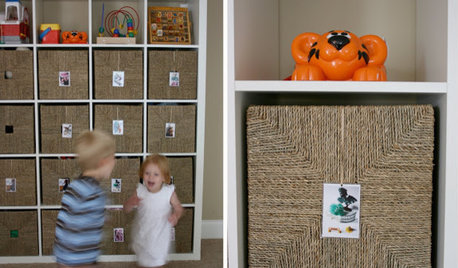
LIFERelocating? Here’s How to Make Moving In a Breeze
Moving guide, Part 2: Helpful tips for unpacking, organizing and setting up your new home
Full Story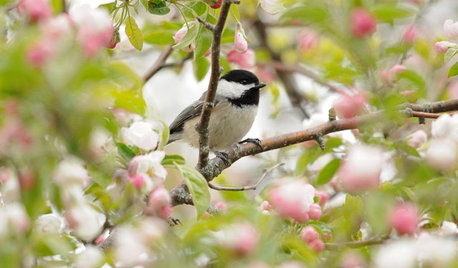
SPRING GARDENINGSpring Gardens Are Waking — Here’s What to Do in March
Excitement fills the air when gardens come back to life. These guides will help you make the most of yours
Full Story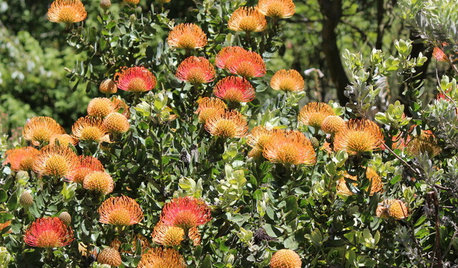
GARDENING GUIDESKeep Your Cool in the Garden — Here’s What to Do in August
Don’t let summer’s heat go to your head. These U.S. gardening guides will help you make sensible choices for all of your plantings
Full Story
COLORWant More Color in Your Home? Here’s How to Get Started
Lose your fear of dabbling in new hues with these expert words of advice
Full Story
KITCHEN CABINETSChoosing New Cabinets? Here’s What to Know Before You Shop
Get the scoop on kitchen and bathroom cabinet materials and construction methods to understand your options
Full Story
INSIDE HOUZZHow to Create and Use Ideabooks
See how to gather inspiration, share it with others and put your design dreams on the path to reality
Full Story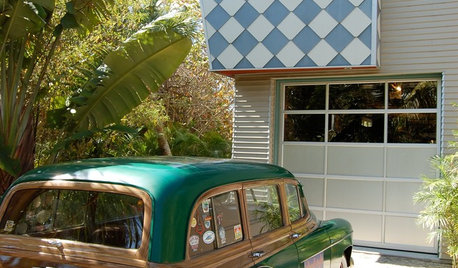
MOVINGRelocating? Here’s How to Make the Big Move Better
Moving guide, Part 1: How to organize your stuff and your life for an easier household move
Full StorySponsored








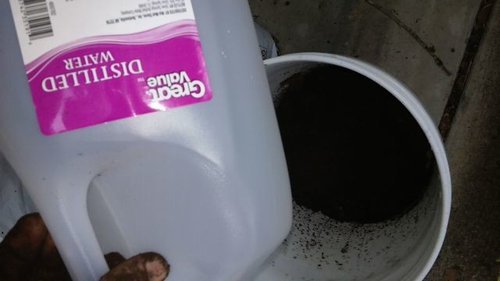


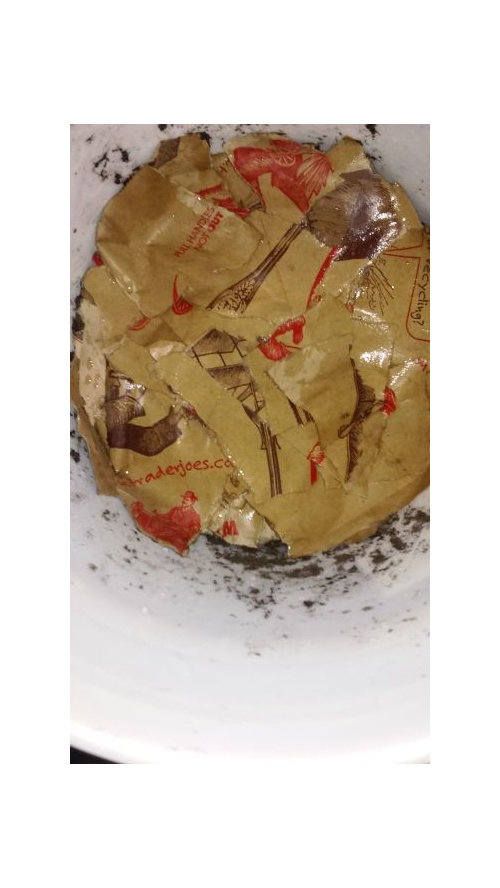








monomer